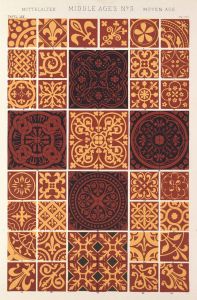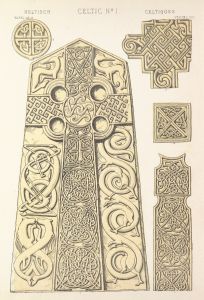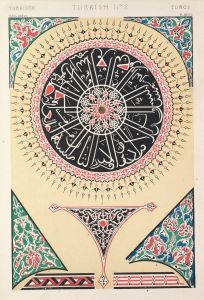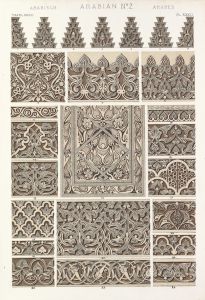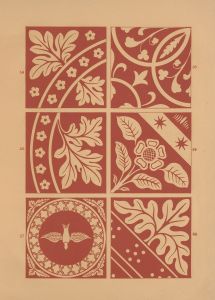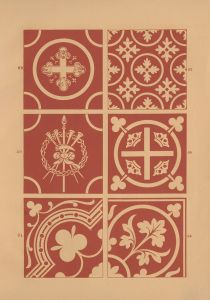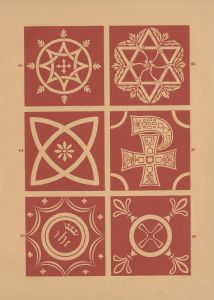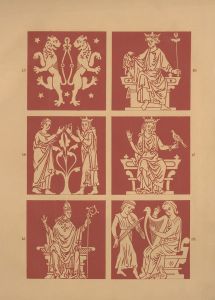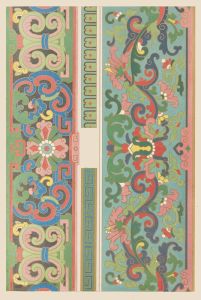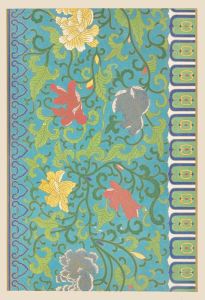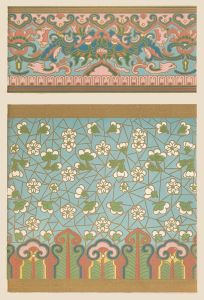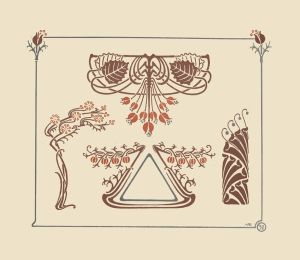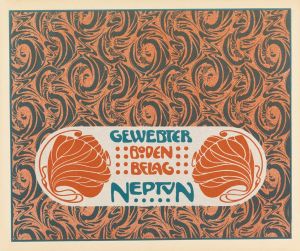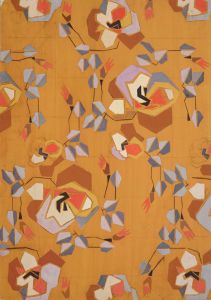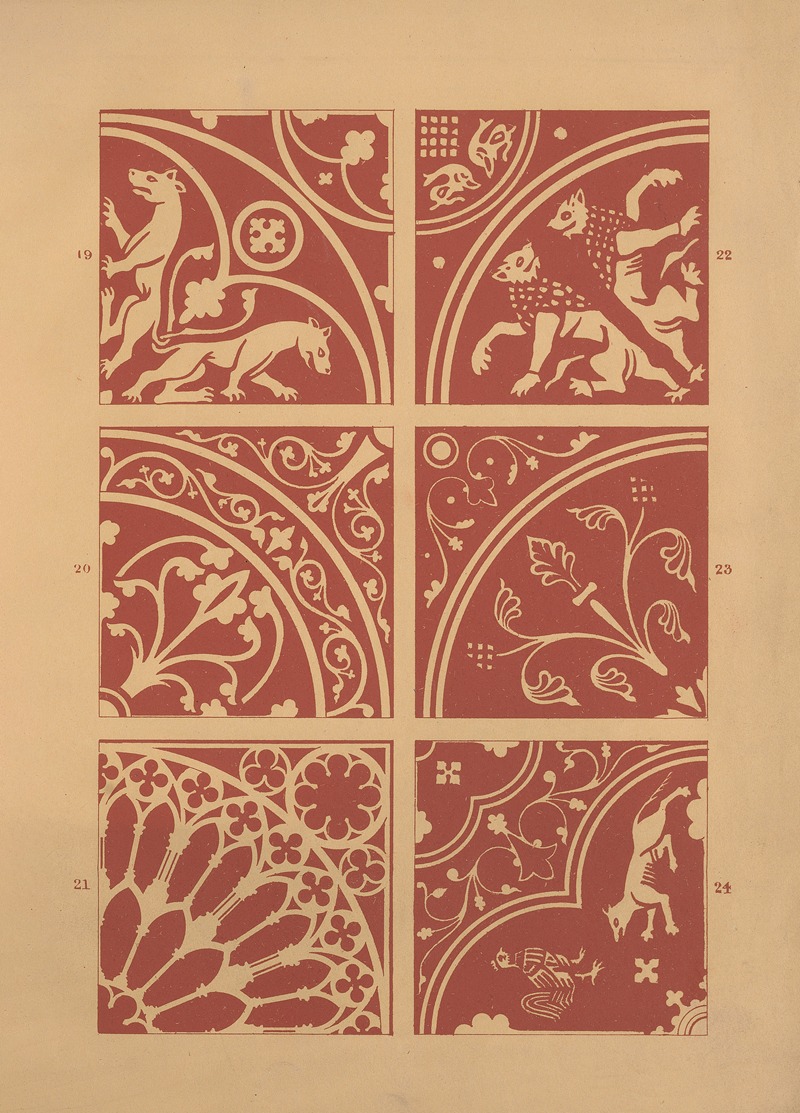
Examples of encaustic tiles Pl.03
A hand-painted replica of Owen Jones’s masterpiece Examples of encaustic tiles Pl.03, meticulously crafted by professional artists to capture the true essence of the original. Each piece is created with museum-quality canvas and rare mineral pigments, carefully painted by experienced artists with delicate brushstrokes and rich, layered colors to perfectly recreate the texture of the original artwork. Unlike machine-printed reproductions, this hand-painted version brings the painting to life, infused with the artist’s emotions and skill in every stroke. Whether for personal collection or home decoration, it instantly elevates the artistic atmosphere of any space.
"Examples of Encaustic Tiles Pl.03" is a work by Owen Jones, a prominent British architect and designer known for his contributions to the decorative arts in the 19th century. Jones was a pivotal figure in the development of design theory, and his works often emphasized the importance of color and ornamentation in architecture and design. His most influential publication, "The Grammar of Ornament," published in 1856, is a comprehensive collection of design principles and patterns from various cultures and historical periods. This work played a significant role in shaping Victorian design aesthetics.
Encaustic tiles, which are the focus of "Examples of Encaustic Tiles Pl.03," are ceramic tiles characterized by their intricate patterns and vibrant colors. The term "encaustic" refers to the process of inlaying different colors of clay to create a pattern, rather than painting the surface. This technique allows the design to remain visible even as the tile wears down over time. Encaustic tiles became particularly popular during the Gothic Revival period in the 19th century, a movement that sought to revive medieval Gothic architectural styles and decorative arts.
Owen Jones was deeply interested in the use of color and pattern, and his work with encaustic tiles reflects this passion. The designs in "Examples of Encaustic Tiles Pl.03" showcase a variety of geometric and floral motifs, which were typical of the period's fascination with medieval and Islamic art. Jones's designs often drew inspiration from his extensive travels, including his studies of Islamic architecture in Spain and the Middle East, which influenced his appreciation for intricate patterns and vibrant color palettes.
The encaustic tiles depicted in Jones's work were not only decorative but also functional, often used in flooring and wall applications in both ecclesiastical and domestic settings. Their durability and aesthetic appeal made them a popular choice for Victorian architects and designers. The tiles were commonly used in churches, public buildings, and homes, where they added a touch of elegance and historical reference.
Jones's contribution to the design of encaustic tiles was part of a broader movement to elevate the status of decorative arts in architecture. His work emphasized the importance of integrating art and design into everyday life, a principle that resonated with the Arts and Crafts movement that emerged later in the 19th century. By advocating for the use of traditional craftsmanship and materials, Jones helped to preserve and promote historical design techniques.
In summary, "Examples of Encaustic Tiles Pl.03" by Owen Jones is a testament to the designer's commitment to the principles of color, pattern, and historical reference in the decorative arts. His work with encaustic tiles reflects a broader Victorian interest in reviving and celebrating past artistic traditions, while also contributing to the development of modern design theory. Through his designs, Jones left a lasting impact on the field of architecture and design, influencing generations of artists and designers who followed.





